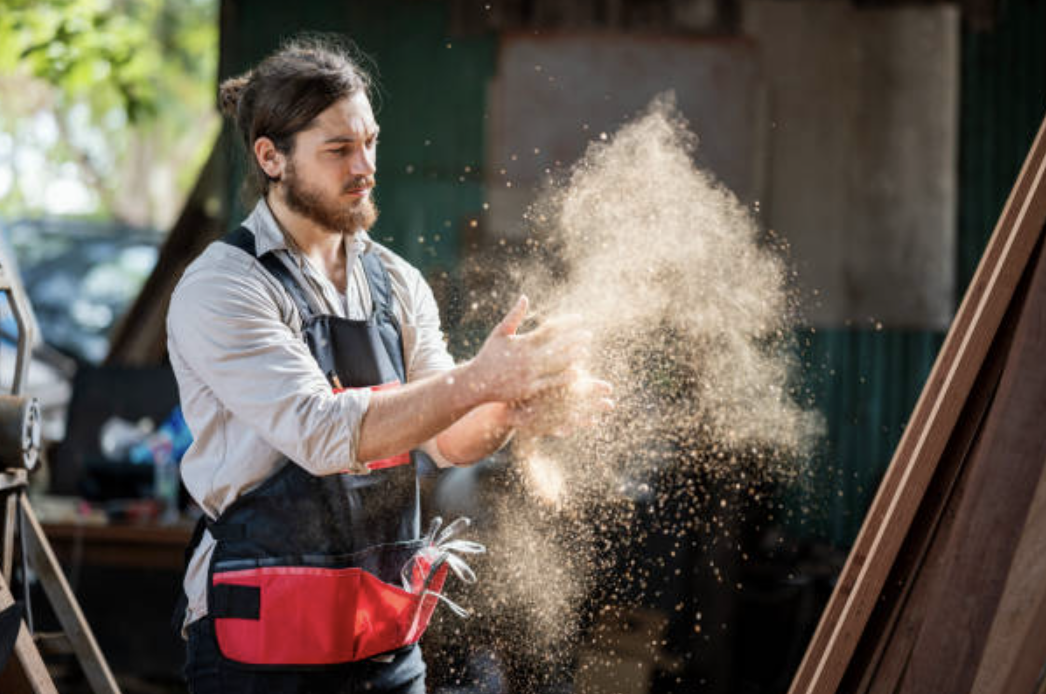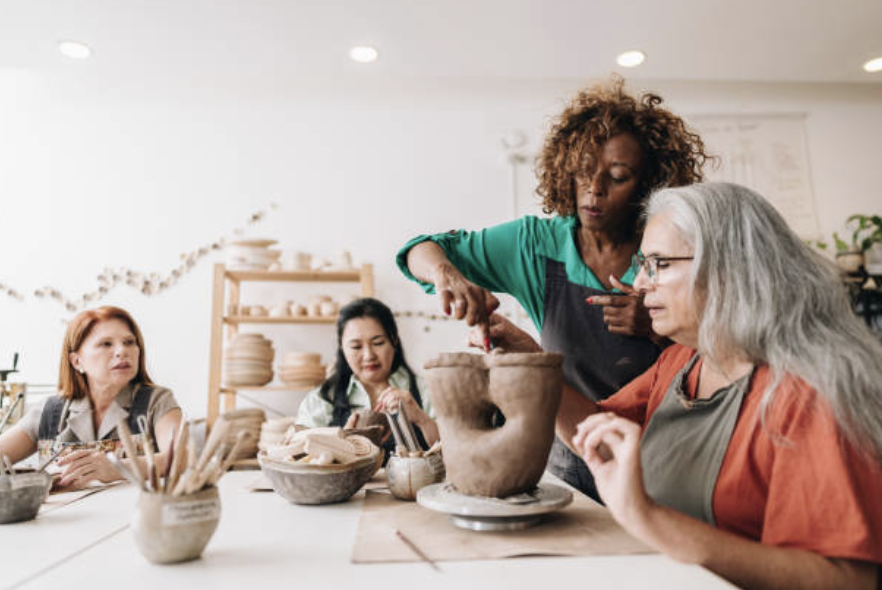The Role of Trademarks in Protecting Local Artisans in the EU In the European Union (EU), local artisans and small-scale producers have long been a source of rich cultural heritage, creativity, and craftsmanship. From intricate handcrafted jewelry in Ita
In the European Union (EU), local artisans and small-scale producers have long been a source of rich cultural heritage, creativity, and craftsmanship. From intricate handcrafted jewelry in Italy to unique ceramics in Portugal, these products often represent centuries of tradition and innovation. However, as the global market becomes more competitive, it is increasingly important for these artisans to protect their intellectual property. One of the most effective ways to safeguard their work and ensure its authenticity is through trademark registration.
Why is Trademark Protection Important for Artisans?
For local artisans, a trademark is more than just a legal tool—it is a powerful asset that helps establish their brand identity and distinguish their products from the competition. Trademark protection provides exclusive rights to a particular name, logo, or design, preventing unauthorized parties from using similar marks that could cause confusion in the marketplace.
Without a registered trademark, artisans risk having their unique creations copied or misrepresented, especially in an era where online marketplaces and counterfeit products are pervasive. A trademark ensures that consumers can easily identify genuine artisanal products, thereby fostering trust and preserving the value of the artisan's work.

Key Benefits of Trademark Registration for Local Artisans in the EU
- Protection from Imitation and Counterfeiting One of the most significant benefits of trademark registration is the protection it offers against imitation and counterfeiting. By registering a trademark, artisans gain the exclusive right to use their name, logo, or product design. This right prevents competitors from using identical or confusingly similar marks, which could mislead consumers into purchasing counterfeit products. In the EU, trademark infringement is a serious matter, and businesses can take legal action to protect their intellectual property.
- Enhancing Brand Recognition and Value A registered trademark is an essential tool for building brand recognition. Artisans often rely on their personal reputation, craftsmanship, and originality to differentiate their products. A trademark not only secures the legal ownership of a name or logo but also elevates the perceived value of the product. For consumers, seeing a trademarked product signals quality, authenticity, and tradition. As the brand grows in recognition, so does its value—potentially leading to higher sales and market opportunities.
- Supporting Market Expansion Trademarks are not limited to domestic markets; they can facilitate the expansion of artisanal brands across the EU and beyond. The EU trademark system (the European Union Trade Mark, or EUTM) allows artisans to protect their mark in all EU member states with a single application. This simplifies the process of entering multiple markets while ensuring that the trademark is respected across borders. For artisans looking to expand internationally, the Madrid System, which allows trademarks to be registered in multiple countries, can further enhance global protection.
- Preventing Misleading Marketing Practices Artisans who create unique, high-quality products often face challenges when other companies try to capitalize on their reputation. Without a trademark, it's easy for others to claim they offer similar artisanal products, potentially misrepresenting the quality or origin of the goods. A registered trademark helps consumers identify authentic products and protects the artisan's reputation from false or misleading marketing tactics.
- Licensing and Franchising Opportunities Once an artisan has a registered trademark, they can explore opportunities for licensing or franchising their brand. Licensing allows other companies to use the trademark in exchange for royalties or fees, which can generate additional income for the artisan. For example, an artisan could license their designs to be used on a range of products, such as textiles, home goods, or accessories, thereby expanding their reach without losing control over their intellectual property.

Types of Trademarks That Artisans Can Register
- Word Marks A word mark consists of a name or term that uniquely identifies the artisan's product. For example, a handcrafted leather workshop could register its name as a word mark to distinguish its brand in the marketplace.
- Logos and Graphic Marks Many artisans use distinctive logos or graphic symbols to represent their brand. These marks could be abstract designs, stylized lettering, or images that capture the essence of the artisan’s work. A graphic mark ensures that the design is protected from unauthorized use.
- Combination Marks A combination mark combines both text and a logo or graphic element. This is common among artisans who wish to protect both their brand name and their visual identity together.
- Design Marks Artisans can also register the visual appearance of their product as a design mark. This is particularly useful for those in the fashion, furniture, or ceramics industries, where the shape and design of the product are key to its identity.
- Certification Marks For artisanal products that reflect a particular quality, origin, or method of production (such as a regional specialty), artisans can apply for certification marks. These marks show that the product meets specific standards, which can be crucial in preserving traditional craftsmanship and helping consumers identify genuine goods.
The Process of Trademark Registration in the EU
The process of trademark registration in the EU is relatively straightforward, but it is important to follow the correct steps to ensure protection:
- Trademark Search Before applying, artisans should conduct a trademark search to check if their proposed mark is already registered. This can be done through the European Union Intellectual Property Office (EUIPO) website or with the help of an intellectual property lawyer. A comprehensive search can prevent issues of infringement and save time and money.
- Filing an Application Once the search confirms that the trademark is available, artisans can file an application with the EUIPO. The application must include the name or logo to be trademarked, the goods or services the trademark will cover, and any other relevant information. The application can be filed online, and the process typically takes around four to six months.
- Examination and Registration After submission, the EUIPO will examine the application to ensure it complies with all requirements. If there are no objections, the trademark is published in the EU Trademark Bulletin, and the public has an opportunity to file objections. If no opposition is filed, the trademark is officially registered.
- Maintenance and Renewal A trademark registration is valid for 10 years and can be renewed indefinitely, as long as the artisan continues to use it in commerce. Regularly monitoring the use of the trademark and renewing it ensures continued protection.
Challenges and Considerations
While trademark registration offers many benefits, it’s important for artisans to be aware of some challenges:
- Costs: The process of registering a trademark involves application fees, and additional costs may arise if legal issues or disputes occur. However, the investment can be worthwhile for long-term protection and growth.
- International Protection: Although the EUTM covers all EU member states, artisans wishing to expand outside the EU need to consider applying for trademark protection in other countries. The Madrid System provides a way to extend trademark protection internationally.
- Enforcement: While a trademark provides legal protection, artisans must actively monitor the market for potential infringement and take action if necessary, which can involve legal fees and administrative effort.
Conclusion
In conclusion, trademarks are invaluable tools for local artisans in the EU who want to protect their creations, build a strong brand identity, and expand their business. By registering a trademark, artisans not only safeguard their intellectual property but also foster trust with consumers, prevent counterfeit goods, and open doors for future growth. Whether you are a maker of traditional handicrafts or modern artisanal products, the protection offered by trademarks is essential in today’s competitive global marketplace. Through careful trademark management, artisans can ensure their work remains both unique and valuable for years to come.